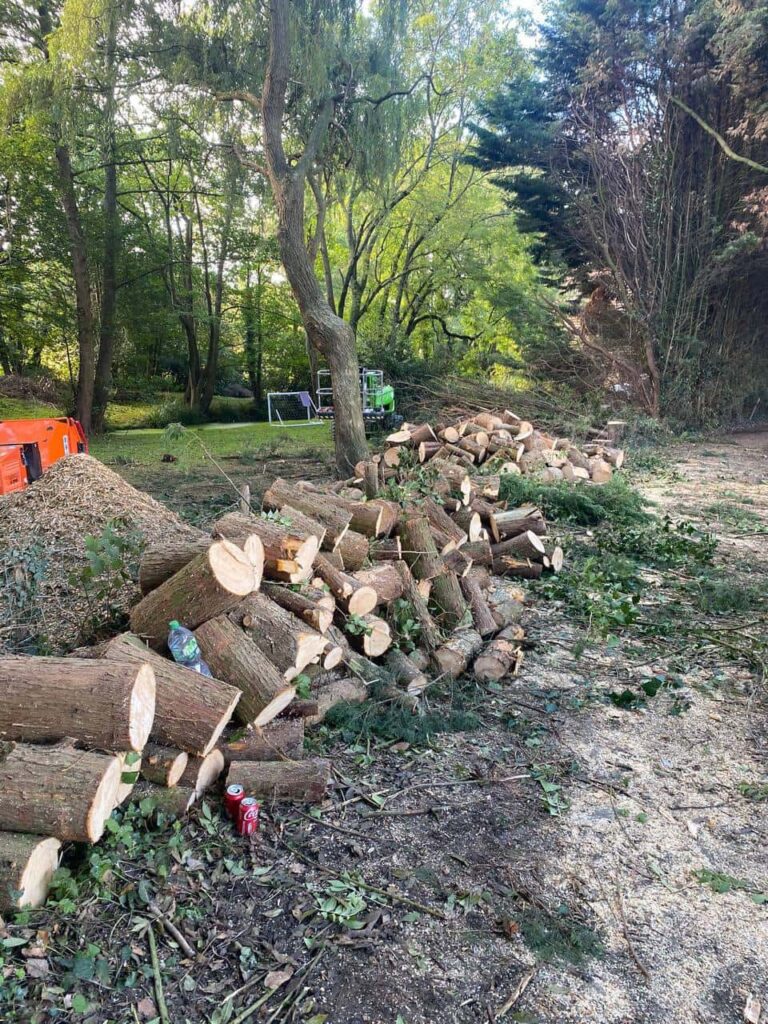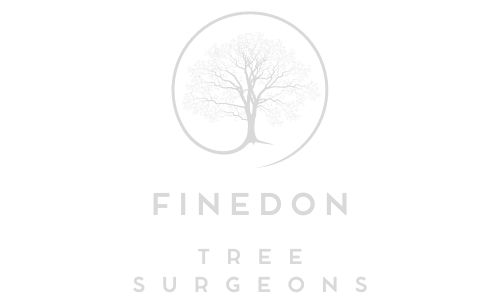The Importance of Regular Tree Pruning for Healthy Growth
Introduction: In the realm of tree care, regular pruning stands as one of the most crucial practices for maintaining the health, aesthetics, and safety of trees. While it may seem simple, its impact on tree growth and overall well-being cannot be overstated. Here, we delve into why regular tree pruning is essential and how it contributes to the vitality of your trees.
Promoting Structural Integrity
One of the primary benefits of regular tree pruning is the promotion of structural integrity. By selectively removing dead, diseased, or crossing branches, arborists enhance the tree’s natural form and prevent the risk of weak points that could lead to breakage under stress or adverse weather conditions. This proactive approach prolongs the tree’s life and reduces potential hazards to nearby structures and people.
Encouraging Healthy Growth
Pruning encourages healthy growth by redirecting the tree’s energy towards essential branches and foliage. By removing unnecessary or competing branches, the tree can allocate resources more efficiently, promoting robust growth in the remaining parts. This process helps maintain a balanced canopy and ensures that each branch receives adequate sunlight and airflow, which is crucial for photosynthesis and overall tree health.
Enhancing Aesthetic Appeal
A well-pruned tree enhances the aesthetic appeal of any landscape. Careful pruning can shape trees into desirable forms, whether a classic canopy shape, an open vase structure, or any other desired aesthetic. This aspect is particularly important in residential and commercial settings where visual appeal contributes significantly to property value and curb appeal.
Managing Disease and Pests
Regular pruning plays a critical role in managing tree diseases and pests. By promptly removing infected or infested branches, arborists can prevent the spread of pathogens and reduce the likelihood of infestations. Moreover, pruning promotes better air circulation and sunlight penetration throughout the tree, creating a less favourable environment for disease development.
Facilitating Fruit Production
Proper pruning is essential for maximising fruit production for fruit-bearing trees. Strategic pruning removes excess branches and encourages the growth of fruit-bearing wood, leading to larger and healthier fruits. Timing and technique are crucial here, as pruning at the wrong time or excessively can negatively impact fruiting in subsequent seasons.
When to Prune
The timing of pruning varies depending on the tree species and objectives. Generally, when trees are dormant, winter is an ideal time for major pruning tasks as it minimises stress and sap loss. However, minor pruning, such as removing dead or damaged branches, can be done yearly. Consulting with a qualified arborist ensures that pruning is performed at the optimal time for your specific tree species and circumstances.
Conclusion: Regular tree pruning is fundamental for maintaining healthy, safe, and visually appealing trees. From promoting structural integrity to managing pests and enhancing fruit production, pruning has numerous and far-reaching benefits. For optimal results, consider engaging the services of a professional tree surgeon who can provide expert advice and ensure that pruning is performed correctly and safely.
Call us on: 01933 426 193
Click here to find out more about Finedon Tree Surgeons
Click here to complete our contact form and see how we can help you with your tree’s needs.

